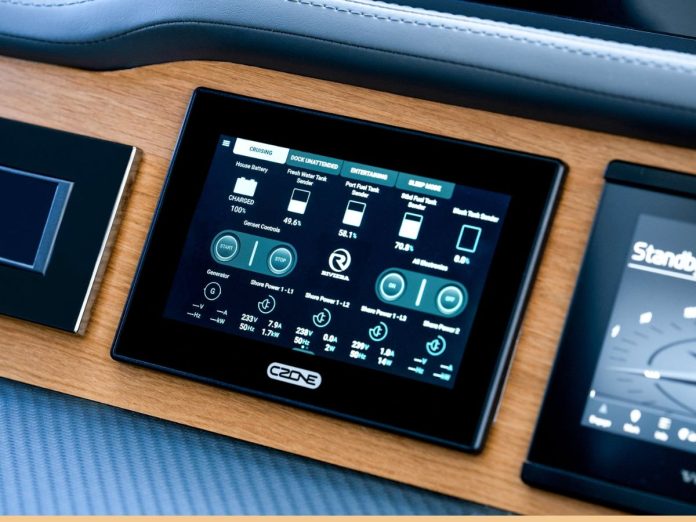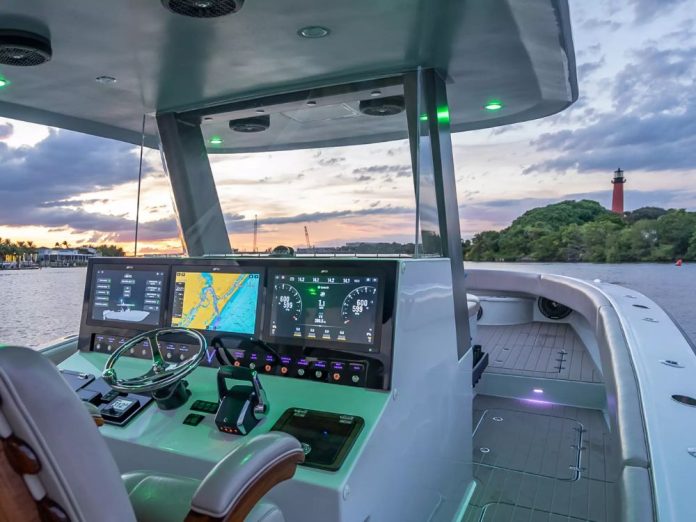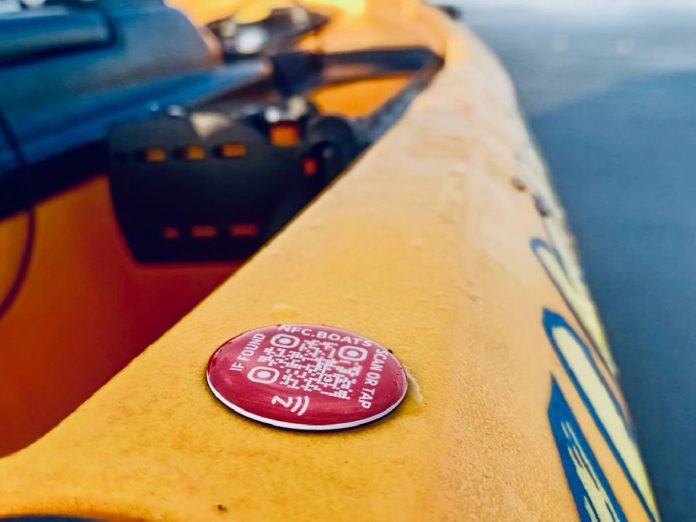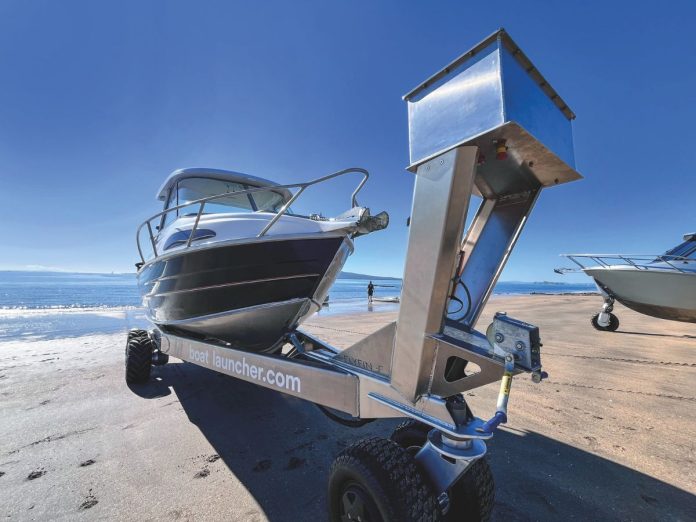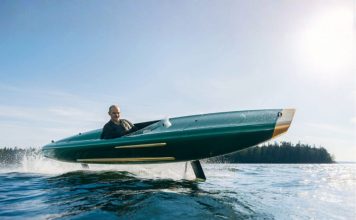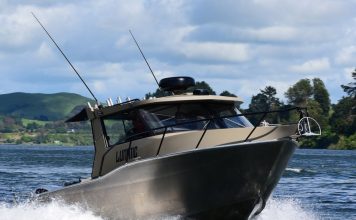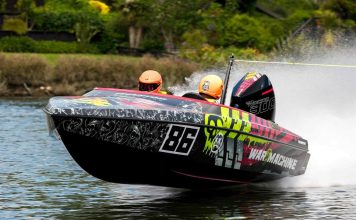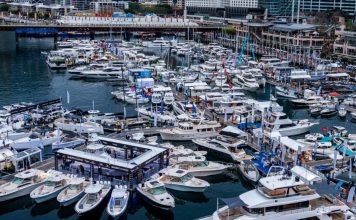Power management is a critical part of life aboard any boat, and Riviera’s Electrical Design Manager, Matt Weetman, has shared a clear and practical guide to help owners better understand and maintain their onboard electrical systems. Whether you’re cruising for the weekend or living aboard for weeks, knowing how to use, monitor, and maintain your power sources can make all the difference between a carefree experience and unexpected complications.
Once you leave your marina berth, you are essentially off-grid. Most skippers already consider fuel, food, and water before heading off—but your electrical power deserves the same level of attention. Onboard systems—from lighting and refrigeration to air conditioning and entertainment—rely on three main sources of power: batteries, the generator, and shore power. Riviera’s system, like many modern cruising yachts, integrates these into a seamless supply and distribution network, all monitored by the intuitive CZone control system.
Understanding your power sources
-
House batteries
These provide power to essential household systems—lighting, fridges, navigation gear, and entertainment. CZone monitors their charge state, alerting you when levels drop too low. Keeping a close eye on battery status is key to reliable performance. Weetman recommends checking battery status at least hourly, even when charging. -
Generator
The generator acts as your floating power station. It supplies AC power for high-demand systems such as air conditioning, galley appliances, and the cockpit barbecue. It also powers the battery chargers that replenish your house battery bank. -
Shore power
When moored, always plug in. While the available amperage will depend on your marina, it should be enough to keep your systems charged and running. Using shore power regularly helps reduce strain on the batteries and avoids unnecessary generator run time.
Power transfer and charging systems
Electricity on board is not just about where it comes from, but how it’s transferred and used. Three key transfer systems help manage power flow throughout the yacht:
-
Inverter system
Converts DC power from the batteries into AC power to run selected outlets, TVs, icemakers, and other home-like comforts. But be aware—inverters draw significant power, so monitor usage carefully to avoid draining your battery bank too quickly. -
Charging systems
There are two charging mechanisms: alternators (driven by engine power) and battery chargers (powered by shore or generator AC). Alternators usually charge each battery bank individually, while battery chargers restore power across the entire bank. But note—if you’re using a lot of DC power while charging (like opening fridges frequently or running fans), that usage can offset or slow down charging progress.- Advertisement, article continues below -
 2000 Bavaria 42 | MantaEUR €99,0002000 | 12.80m / 41.99ft | Bavaria 42 Manta fully refitted, ocean-tested, and cruise-ready in French Polynesia. Spacious 4-cabin layout, premium upgrades, and proven bluewater performance.
2000 Bavaria 42 | MantaEUR €99,0002000 | 12.80m / 41.99ft | Bavaria 42 Manta fully refitted, ocean-tested, and cruise-ready in French Polynesia. Spacious 4-cabin layout, premium upgrades, and proven bluewater performance. -
Battery parallel system
A backup safety net. If one battery bank fails, this system allows you to draw power from another to start the generator or navigation equipment in emergencies.
Best practices for healthy batteries
To keep everything running reliably:
- Always fully charge your house batteries (to 100%) before going to sleep.
- Limit use of the inverter when battery levels are low.
- Run your generator or use shore power at least 50% of the day in four-hour blocks to promote battery health.
- Have a Riviera-qualified electrician inspect your system annually.
- Use CZone’s sleep mode at night to reduce unnecessary drain.
Above all, take time to familiarise yourself with your boat’s electrical system—whether it’s a Riviera or another brand. CZone provides clear diagnostics, but your own awareness of how systems behave under different loads is key to long-term reliability. With good habits and regular monitoring, you’ll be able to enjoy all the comforts aboard without power anxiety.
Read the full Riviera article:
https://www.rivieraaustralia.com/enews-articles/managing-your-on-board-power/








